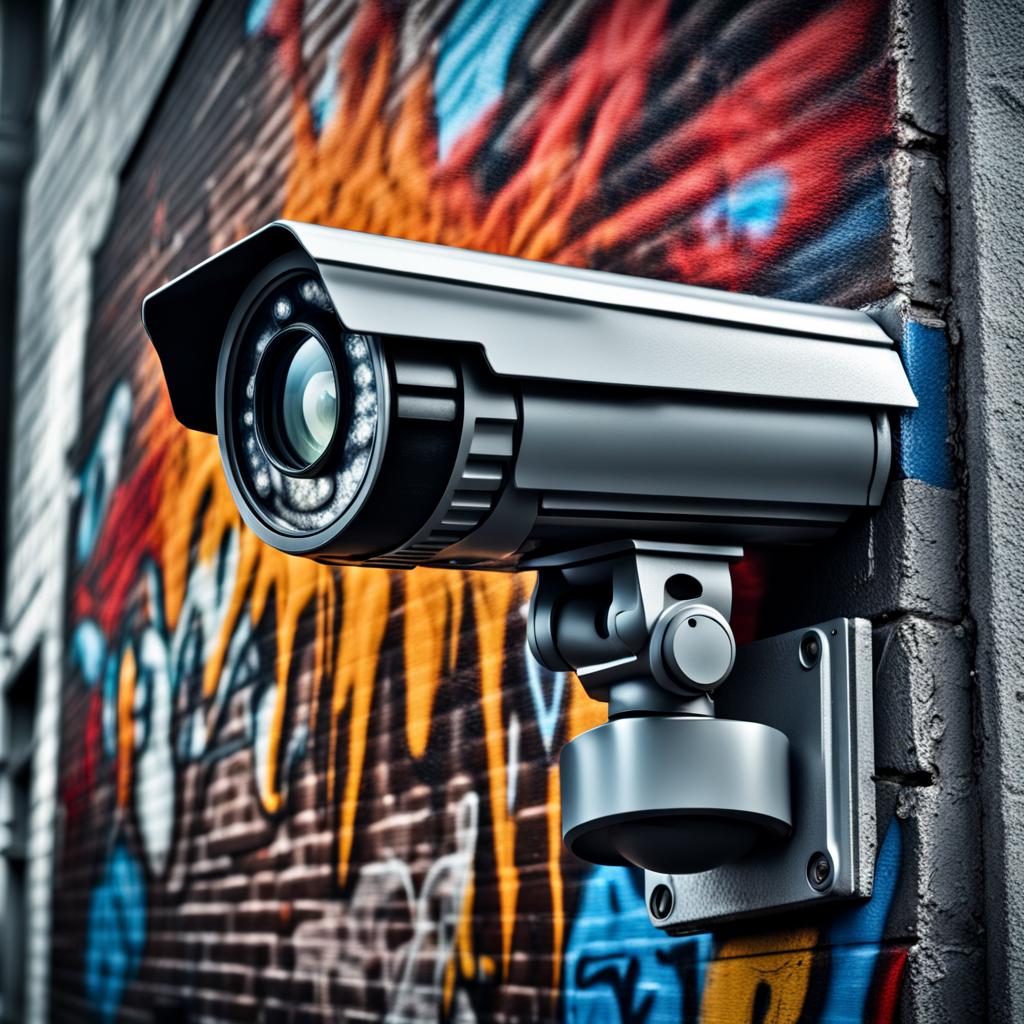Advanced Algorithms for Detecting Obstruction and Vandalism in Security Camera Systems
Security camera systems are an integral part of ensuring safety and surveillance in various settings, including homes, businesses, and public spaces. While these cameras provide valuable monitoring capabilities, they are not immune to tampering, obstruction, or vandalism. To address these concerns, advanced algorithms have been developed to detect and respond to incidents of obstruction and vandalism, enhancing the effectiveness of security systems.
Security cameras serve as a deterrent to criminal activities and provide valuable evidence in case an incident occurs. However, malicious individuals may attempt to obstruct the camera’s view or vandalize the equipment. Detecting and responding to such actions promptly is crucial for maintaining the camera’s functionality and preserving security. Advanced algorithms play a key role in achieving this goal.
Tamper Detection Algorithms
Visual Analysis:
Modern security cameras are equipped with image recognition algorithms that can identify changes in the camera’s field of view. If there is an unexpected shift in the camera’s perspective due to tampering or obstruction, an alert can be triggered.
Motion Detection:
Motion sensors are commonly integrated into security cameras. When motion occurs within the camera’s frame, algorithms analyze the patterns and trigger an alert if they detect any unusual or aggressive movements, which may indicate vandalism.
Audio Detection Algorithms
Sound Analysis:
Some security cameras are equipped with microphones to detect audio cues. Advanced audio analysis algorithms can detect loud noises, screams, or sounds associated with vandalism, like breaking glass. This information can be used to send alerts.
Machine Learning and AI
Behavioral Analysis:
Machine learning and artificial intelligence (AI) algorithms can be trained to recognize typical behaviors within the camera’s view. Any deviation from normal behavior patterns can trigger an alert. For example, if a camera is typically placed to monitor a building entrance but suddenly faces a wall, machine learning algorithms can identify this as an abnormality.
Object Recognition:
AI algorithms can be used to recognize objects commonly associated with vandalism, such as spray cans or tools used for destruction. If such objects appear in the camera’s view, the algorithm can send an alert.
Remote Monitoring and Alert Systems
Once the algorithms detect tampering, obstruction, or vandalism, they can trigger alerts through various means:
Mobile Apps:
Many security camera systems offer companion mobile apps that notify users when an incident is detected. This allows property owners or security personnel to respond promptly.
Email and SMS Alerts:
Notifications can be sent via email or SMS to alert the appropriate authorities or property owners.
Central Monitoring Stations:
In commercial settings, security cameras are often connected to central monitoring stations staffed by security professionals who can respond to incidents in real-time.
Challenges and Considerations
While these algorithms can be highly effective, there are challenges to consider:
False Alarms:
Algorithms may trigger false alarms due to environmental changes like moving foliage or changes in lighting conditions. Careful calibration is necessary to minimize these occurrences.
Cost:
Implementing advanced algorithms and AI-based systems can be expensive, especially for large-scale security setups.
Privacy Concerns:
Balancing security with privacy is essential, as some of these algorithms involve extensive monitoring and analysis of public and private spaces.
Advanced algorithms for detecting obstruction and vandalism in security camera systems have greatly improved the reliability and effectiveness of surveillance. These algorithms, coupled with the latest in machine learning and AI, enable security systems to respond swiftly to potential threats. As technology continues to advance, the integration of smart algorithms into security cameras will become increasingly important in safeguarding our homes and businesses.
By staying informed about the latest developments in security camera technology and algorithms, property owners and security professionals can take proactive measures to enhance the security of their premises and respond more effectively to potential threats.

Leave a Reply